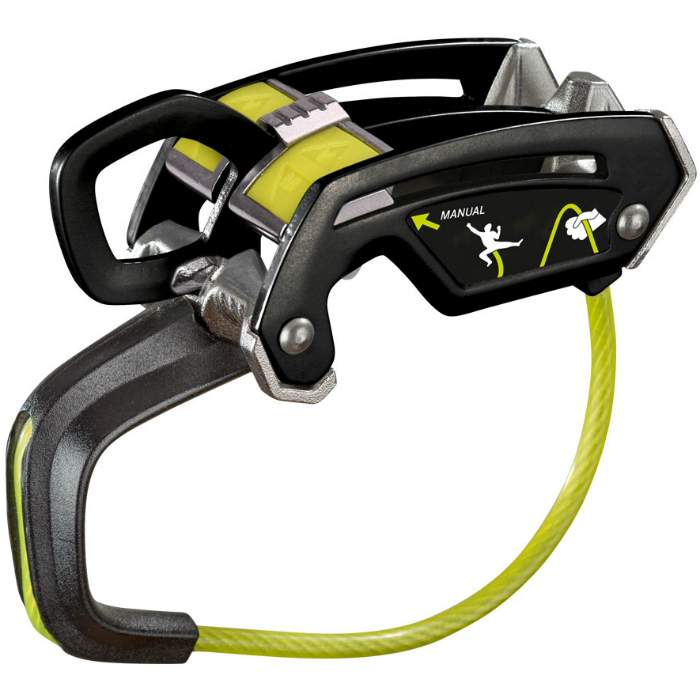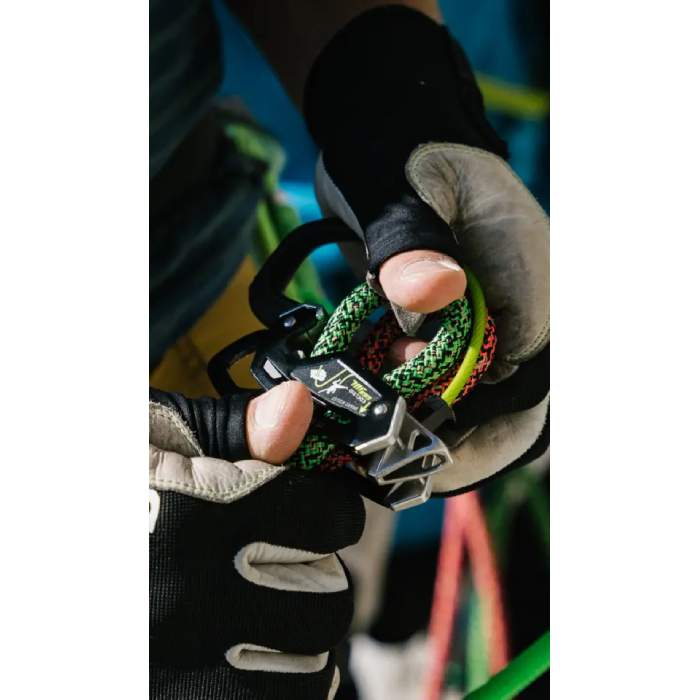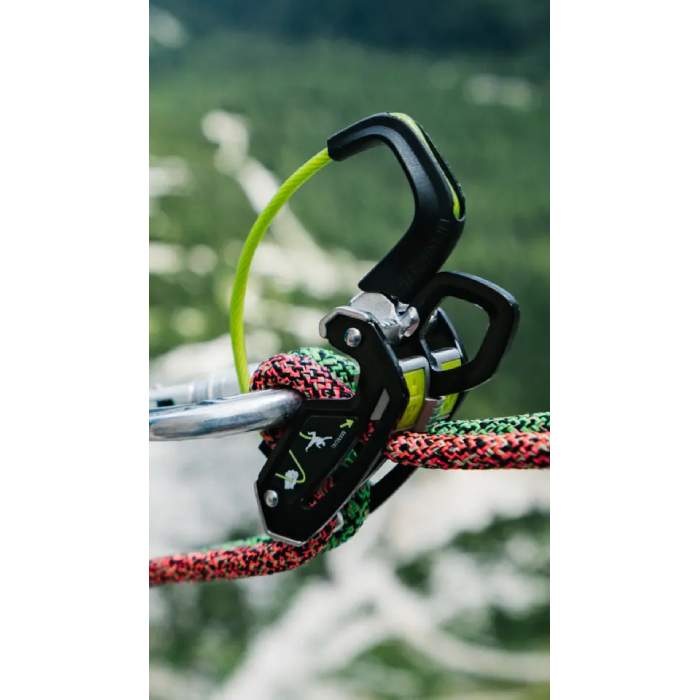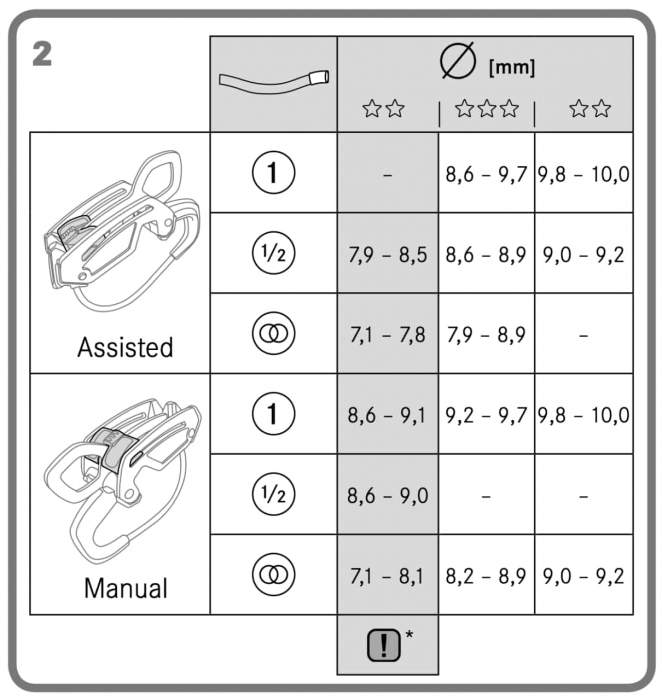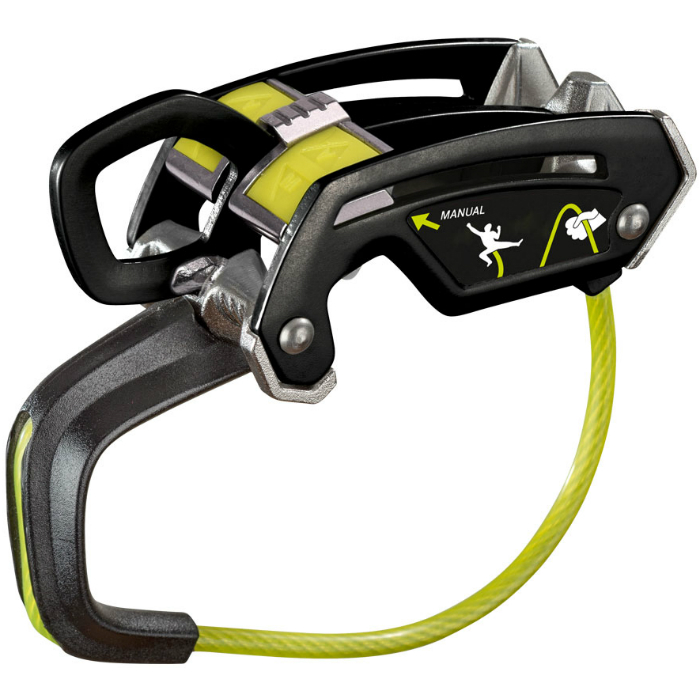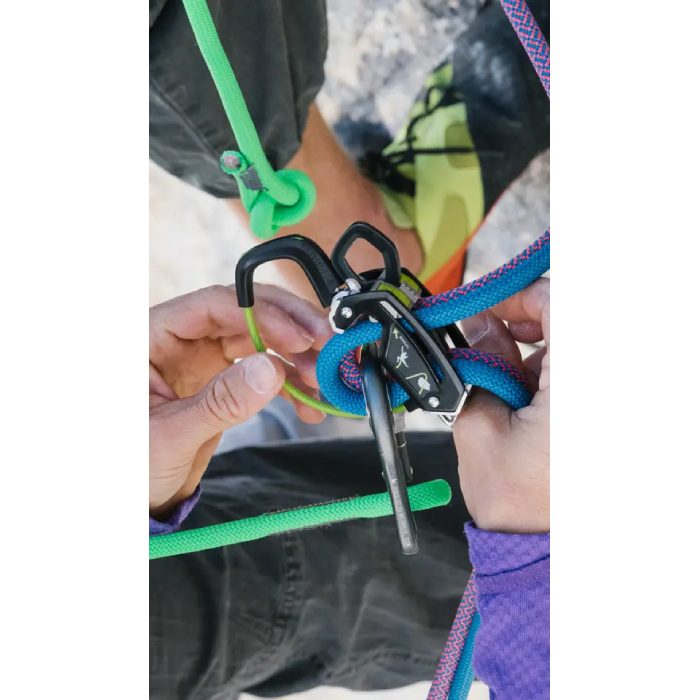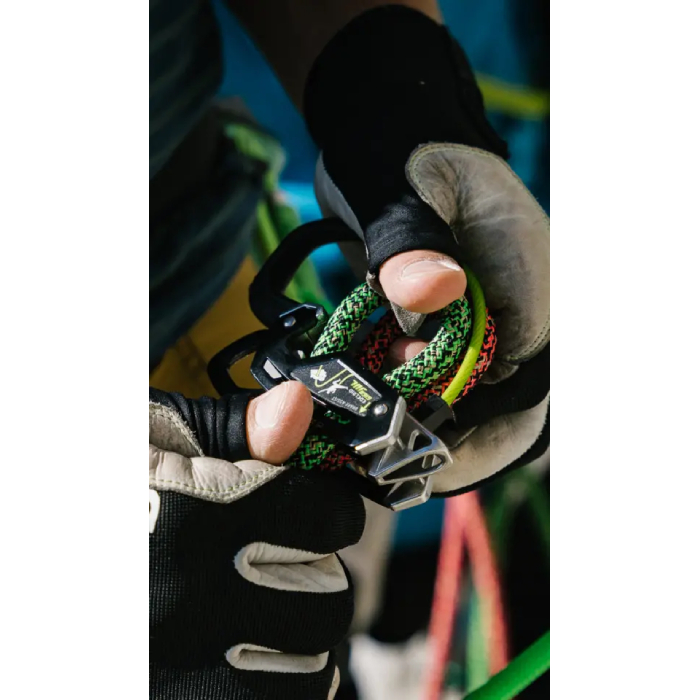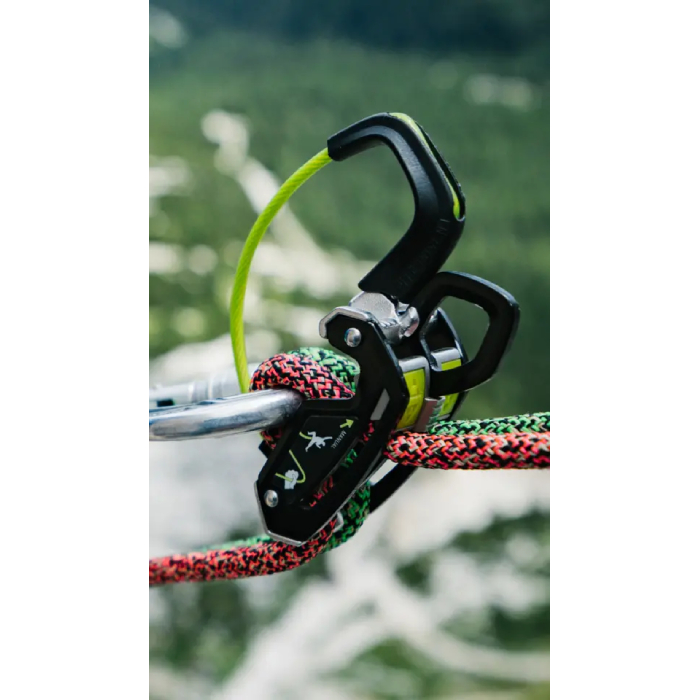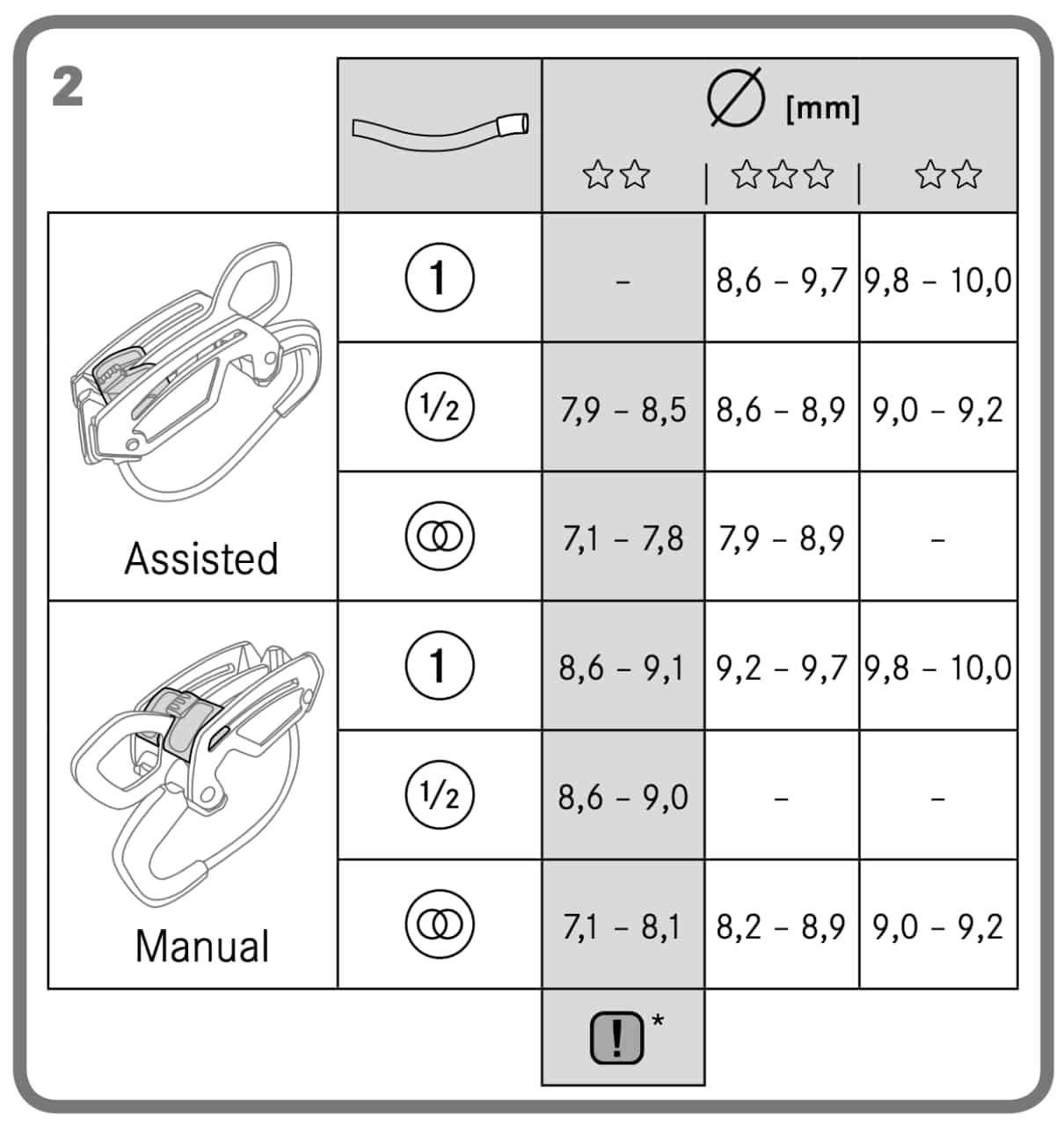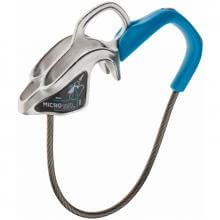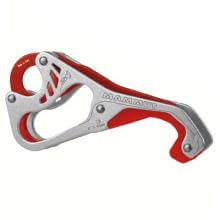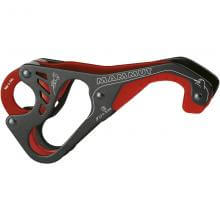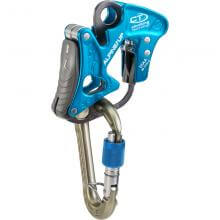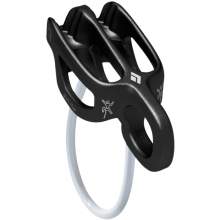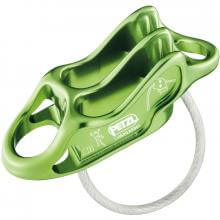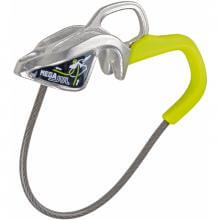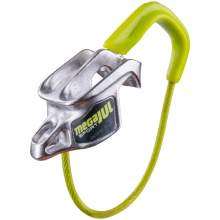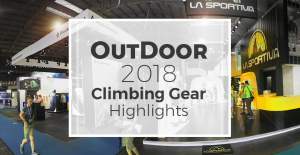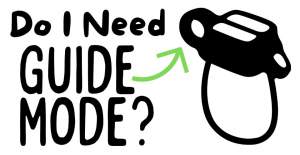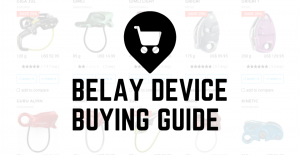Giga Jul
Description
The most versatile ever belay device. The Giga Jul is a standard and assisted braking tuber in one. The assisted braking function which supports the braking force can be activated or disabled by an intelligent mechanism. For situation-dependent belaying and abseiling, especially in alpine terrain.
- Small eyelet for releasing unit with a carabiner when bringing up your partner
- Guide mode: simple and rapid abseiling and bringing up seconds plus comfortable belaying from a Station as a doubled rope
Retail price
When you click a link below and then checkout online, no matter what you buy (climbing gear or not), we get a small commission that helps us keep this site up-to-date. Thanks!

Device Type  Device TypeTubeThe most commonly used belay type also called an “ATC” or “tuber.” Other than a distinction between other belay device types, “Tube” is a rarely used term, most climbers just assume you're talking about this style when they refer to your "belay device." 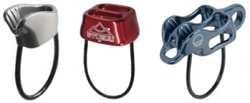
Figure 8Mostly used in rescue, canyoneering, tactical, work safety, or by old school climbers and rappellers. One reason they went out of popularity with recreational climbers is because they tend to create twists in the rope. 
Brake AssistThese devices assist in stopping the rope when a climber falls or hangs on the rope. 
Often referred to as “auto-blocking” but that’s not the official terminology because no belay device should be assumed to work automatically by itself, even if it feels like it does (or does most the time). PlateWhen simplicity is a must, or you started climbing before Tubers were the norm. Bonus: They tend to be very light weight. 
DescenderFor rappelling, not for belaying a lead climber or top-roping. 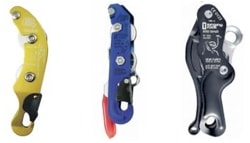 |
Brake Assist - Tube |
Weight (g)  Weight (g)In grams, the weight, as stated by the manufacturer/brand. |
121 g |
Belay Brake Assist  Belay Brake AssistThis is when the belay device significantly reduces the amount of holding power the belayer must exert to stop a fall and hold a climber. This is also called "assisted-braking" as the device must hold a significant amount of the climber’s weight; this term does not include friction-adding "teeth" found on some tube style belay devices. Confusingly referred to as “auto-blocking” or “auto-locking” these terms wrongly imply the device will always, automatically, stop a fall or hold a climber even if the belayer/rappeller is hands-free. These devices are not meant to be used without a hand on the braking side of the rope; the belayers/rapppeller brake hand should always be on the brake rope. Worth ConsideringMost of the mechanical brake assist devices only hold a single strand of rope and are not capable of double-strand rappelling (the most common method of rappel). |
Yes |
| Rope Options | 1 or 2 ropes |
Guide Mode  Guide ModeThis is when you belay directly off the anchor instead of your harness. Guide mode is helpful if you climb outdoors a lot because it reduces the holding power required from the belayer. When your partner falls or rests, the weight of the climber is held mostly by the anchor and the belay device. Tubers and PlatesWhen belaying in "guide mode," the tubers and plates turn auto-blocking. During a fall, the climbing rope pinches the slack rope, completely stopping the movement of either rope. A common guide mode setup shown below. 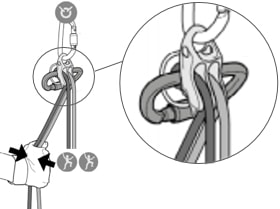
Mechanical Brake Assist DevicesThere is no difference in the functionality of the device. A brake-hand should always be on the rope to ensure the climber is caught in the case of a fall. A common guide mode setup shown below. 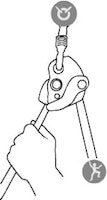
Where guide mode is used
Learn Morehttp://www.climbing.com/skill/essential-skills-auto-blocking-belay-devices/ |
Up to 2 followers |
Teeth  TeethTeeth are only seen on tube devices. They add friction that helps grip the rope for more belaying control. This is helpful for belaying heavier climbers. Teeth are becoming standard on new tube devices. 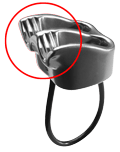
Worth ConsideringTeeth do wear out. You can limit wear by rappelling on the side without teeth (if you don’t need the extra friction). Once they’re worn, you’ll still have a usable belay device, just less friction. |
No |
Rope Range (mm)  Rope Range (mm)The range of rope diameters, in millimeters, that the manufacturer/brand specifies can safely be used. This is the best case scenario and does not necessarily take into consideration that certified ropes have a tolerance of +/- .3 mm. Recently, manufacturers have started to add an "optimized" rope range -- this is the range that will result in the nicest handling of the belay device. | 7.1 mm
- 10.0 mm
see second image photo for a rope diameter chart |
Certification  CertificationsThe main climbing gear certifications are CE and UIAA--and normally the UIAA creates the rules that the CE body also supports. When possible, we try to list all the certifications the product carries. To sell a climbing product in Europe, the device must be CE certified. There are no official requirements to sell climbing gear in the US. The UIAA certification is a voluntary process. Learn MoreRock and Ice Certifications Guide |
CE |
Previously this device had different rope ranges listed (and you'll hear different rope ranges on Edelrid's and WeighMyRack's videos about this product). The rope ranges written previously were safe to use, but these more recent numbers will ensure better handling.
Just about every climber who climbs outside eventually needs to own a tube style device, either for rappelling or cleaning. Which one climbers own is driven by things like ease of use, cheapness and availability. For that there is little reason to step past the brand that every climber knows, Black Diamond. Their hold on the North American climbing market can be at least partially drawn to the ATC line, and as it has moved past household name to the likes of the Kleenex of belay devices, we’re guessing that it will be on this list in some form for a long time to come.
A very cool device that I’ve thoroughly enjoyed playing with. I especially love the smooth assisted brake when rappelling and often take it with me on routes requiring technical descents or half ropes. However, if I’m using a single rope I’ll also bring a stitch plate so I don’t need the Giga Jul for belaying my second up.
The Edelrid Giga Jul is a true "all in one" belay device. Being able to rappel double ropes and belay in auto-block mode is a necessity for any multi-pitch belay device, but also adding in assisted braking greatly increases its value. We know many people who commonly carry a tube and a GriGri up multi-pitch climbs, just for this same versatility. With the Giga Jul, this need disappears, and this level of versatility is what makes it an easy choice for our Top Pick award for Multi-Pitching.
The first few times while switching modes, I had to pay close attention to the diagrams on the device. Also, feeding rope while in brake-assist mode was initially clunky, and my partner rained vulgarities upon me after I short-roped her at the crux of a Boulder Canyon sport route on day one of testing. However, even though the Giga Jul has the longest learning curve of any tube-style device I’ve used, once I was up to speed I loved its multi-functionality. (Watch the online demo videos and test it in the gym before more serious missions.) I also dug the thoughtful hybrid construction: The main body is lightweight aluminum, while the parts that see the heaviest use are robust steel. Compatible with ropes from 7.1 to 10 mm, the Giga Jul is an awesome belay/rappel device—it’s by far the most versatile one in my quiver and never leaves my harness.
The Giga Jul is a brilliant and versatile device. It is slightly complex to use initially but you quickly get used to it with a little practice. The different modes give you plenty of options depending on the circumstances and this could be the one-stop-shop single belay device for all types of climbing you do from sport, through multi-pitch trad, to alpine. It is great to see Edelrid coming up with new devices that are not just fancy gizmos with a new feature or two that you may or may not appreciate, but real innovative developments that actually make climbing easier and safer.
In conclusion, the Edelrid Giga Jul is an excellent belay device. It does take some practice to use it correctly and it’s definitely worth the time investment to do so. I like the flexibility and extra security it offers over standard guide plates and for bolted style multi pitch routes it is outstanding. It is heavy but I’m happy to trade that for the flexibility it offers. I’d say it is more suited to those climbers with some experience and for mountain professionals it is great addition to the toolbox. Is it worth the extra price and weight over say, a Petzl Reverso – I’d say yes and it’s certainly better than trying to use a GriGri in guide mode! It’s by far the best of the Jul belay devices I’ve tested here on CGR.

